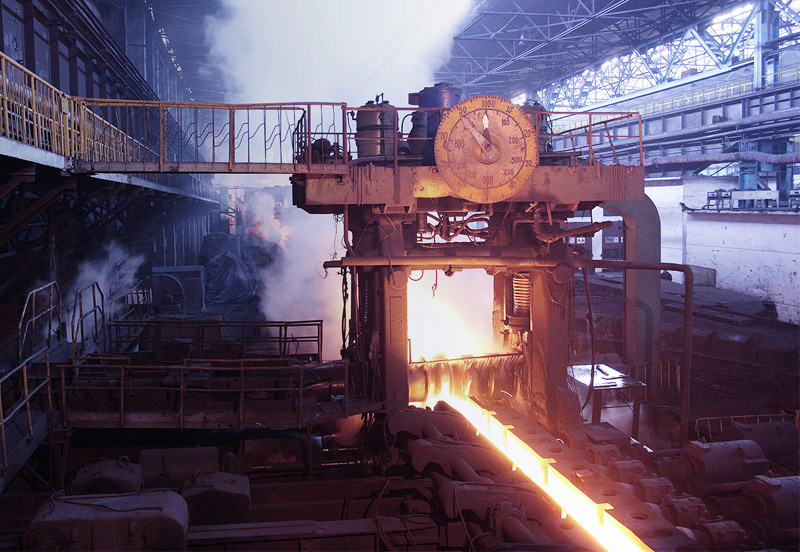24-hour online consultation
|
Metallurgical industryThere is a wide range of metallurgical equipment, not only for the raw material plant, but also for the steelmaking process, the rolling process, the levelling process and other processes from upstream to downstream. These machines are equipped with a variety of bearings. These bearings are used under the "iron powder", "water" and "heat" conditions that are unique to metallurgical equipment, and they are also subjected to "heavy loads + vibration and shock", "from ultra-low loads" and "from ultra-low loads". " and "from ultra-low to high speed + rapid acceleration/deceleration" under the very harsh operating conditions they are subjected to.
The steel smelting process is extremely demanding, with equipment operating at temperatures up to 3,000C, loads of 3,000 tonnes, very slow oscillations, peak loads and vibrations, exposed to high temperatures, large amounts of cooling water and high impact forces on a daily basis, as well as increasing output requirements and the challenge of maintaining and even improving the quality of the finished product, while operators are also under pressure to cut unit costs, improve product quality and reduce The pressure to cut unit costs, improve product quality and reduce environmental impact is a serious challenge for an industry where reliable and safe production is not easy enough on a daily basis. Temperature and speed limits, constant high shock loads, abrasive dust, corrosive chemicals and high humidity - these are the extreme working conditions faced by plants in the metallurgical industry, and it is safe to say that these are challenges rarely found in other industries. Environmental and health and safety regulations make environmental protection and employee safety a top priority. Under pressure to increase production and improve steel quality, equipment needs to meet the demands for increased dimensional accuracy, improved surface quality, higher steel grades and production speeds, while at the same time overcoming the daily challenges of high precision, high loads, high speeds and aggressive coolants, reducing unscheduled downtime and production interruptions, reducing labour and spare parts costs, extending repair and maintenance intervals, eliminating lubrication points in harsh areas and reducing risks and accidents. Manual lubrication, risk and accident reduction. |



